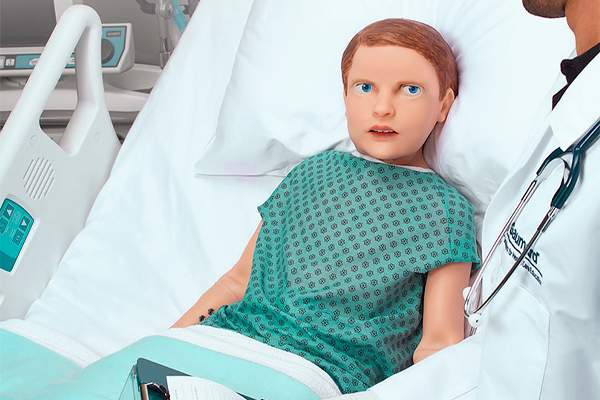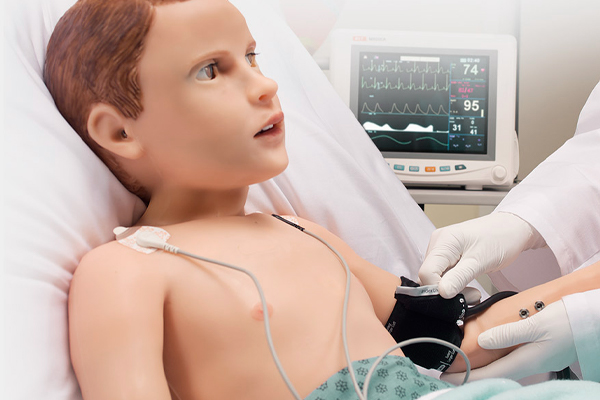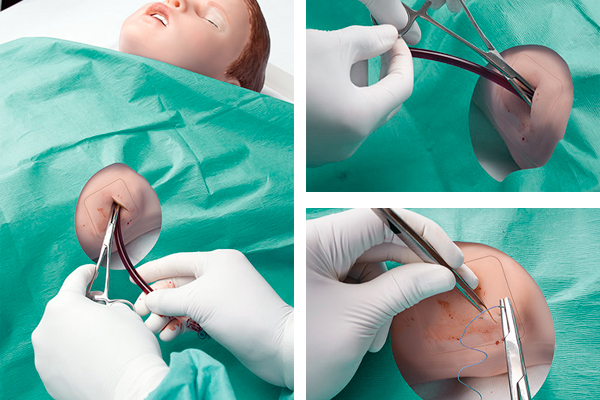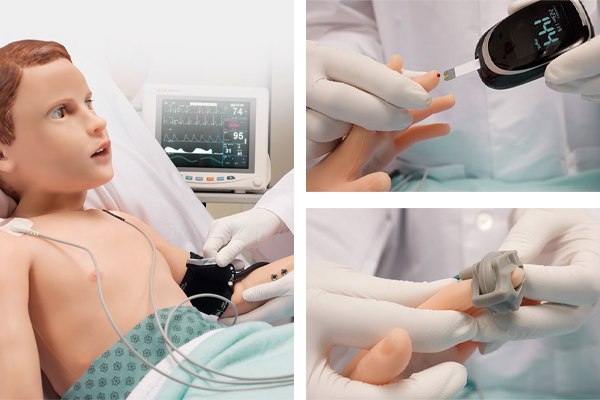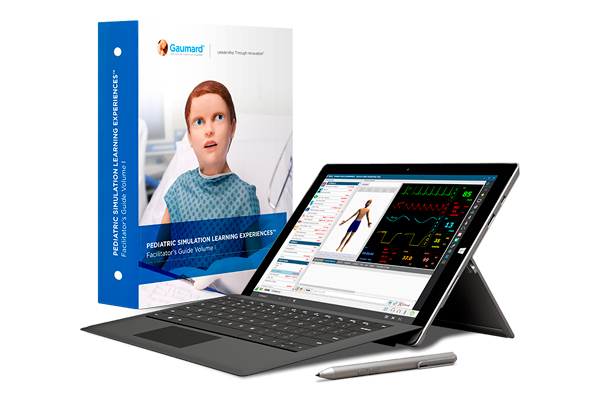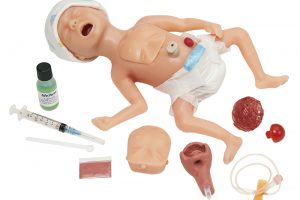SKILLS
- Abnormal respiration patterns detection
- CO2 monitoring (inspiratory/expiratory ratios)
- BVM ventilation
- Mechanical ventilators training
- Oral and nasal intubation
- Pulmonary and cardiac auscultation
- Resuscitation trainining (CPR)
- Chest tube insertion
- Hemothorax exercises (suturing, incision, fluid drain and more)
- Needle decompression exercises
- Naso and orotracheal intubation
- Supraglotic devices usage
- NG/OG tube placement
- Tracheostomy, cricothyrotomy and retrograde intubation
- Difficult airway management (laringospams and tongue edema)
- Capillary refill time testing
- Palpation of pulses (carotid, brachial, radial and femoral)
- Blood pressure measurement exercises
- SpO2 monitoring
- Defibrillation, cardioversion and pace using real devices
- Diagnosis of pediatric facil expressions and emotional states of the patient
- Abnormal eye conditions detection
- Seizure management
- IV training
- Intraosseous exercises
- Glucose test exercises with real equipment
- Gastric distension
- Male and female urinary catheterization


